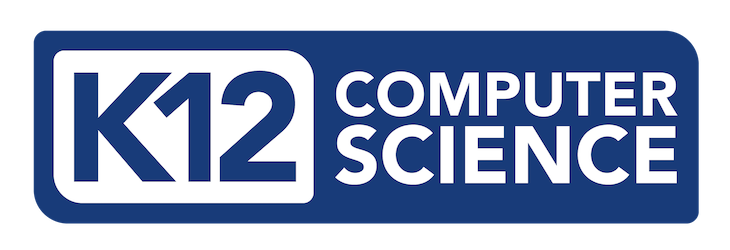The full version of this chapter can be found in the complete K–12 Computer Science Framework. You can also download this chapter as a separate guide.
The K–12 Computer Science Framework is designed to serve as a foundation from which all states, districts, and organizations can develop computer science education standards for K–12 students. Standards democratize computer science by setting learning goals for all students and the expectation that all schools will provide opportunities to achieve those goals so that all children, regardless of their age, race, gender, disability, socioeconomic level, or what school they attend, will be able to have engaging and rigorous computer science experiences. As illustrated below, the framework provides the building blocks by which states can develop their own standards.

The following recommendations were developed in partnership with the nonprofit education organization Achieve based on guidance from the National Research Council.
Recommendation 1: Rigor
Standards should establish and articulate the appropriate level of rigor in computer science to prepare all students for success in college and careers.
Recommendation 2: Focus/Manageability
Standards should be limited in number, focus on the content and practices described in the framework, and be written for individual grade levels or courses. High-quality standards prioritize the concepts and skills that should be acquired by students. A sharpened focus helps ensure that the knowledge and skills students are expected to learn are important and manageable in any given grade or course.
Recommendation 3: Specificity
Standards writers should attend to the specificity of the standards to ensure that they are neither too broad nor too specific and that the grain size, when possible, is consistent across the standards. High-quality standards are precise and provide sufficient detail to convey the level of performance expected without being overly prescriptive.
Recommendation 4: Equity/Diversity
Equity and diversity should be attended to by developing standards that allow for engagement by all students and allow for flexibility in how students may demonstrate proficiency. The makeup of the groups of stakeholders writing and reviewing the standards should be diverse. The framework is based on the belief that all students, regardless of race, gender, socioeconomic class, or disability, when given appropriate support, can learn all of the concepts and practices described in the framework.
Recommendation 5: Clarity/Accessibility
Standards writers should clarify standards for the average user of the standards, including defining terms and providing examples. High-quality standards are clearly written and presented in an error-free, legible, easy-to-use format that is accessible to both the targeted instructors and the general public.
Recommendation 6: Coherence/Progression
Standards should be organized as progressions that support student learning of content and practices over multiple grades. Coherence refers to how well a set of standards conveys a unified vision of the discipline, establishing connections among the major areas of study and showing a meaningful progression of content across grade levels and grade spans.
Recommendation 7: Measurability
Each standard should be objective and measurable. Standards should focus on the results, rather than the processes of teaching and learning. They should make use of performance verbs that call for students to demonstrate knowledge and skills, with each standard being measurable, observable, or verifiable in some way.
Recommendation 8: Integration of Practices and Concepts
Standards should integrate the computer science practices with the concept statements.

Recommendation 9: Connections to Other Disciplines
We recommend that computer science standards be written to align with and connect to other academic standards, such as mathematics and science. Making intentional connections between computer science standards and academic standards in other disciplines will help teachers understand how computer science can connect with their implementation of standards in other subjects and promote more coherent education experiences for students. The Venn diagram in the Computational Thinking section shows how computer science practices connect with those in other disciplines.
